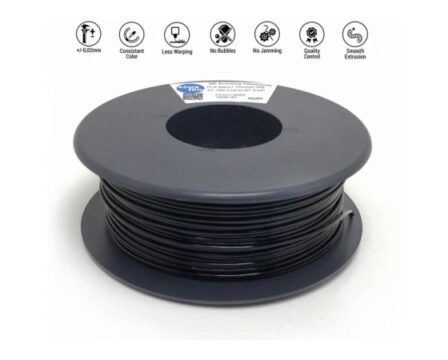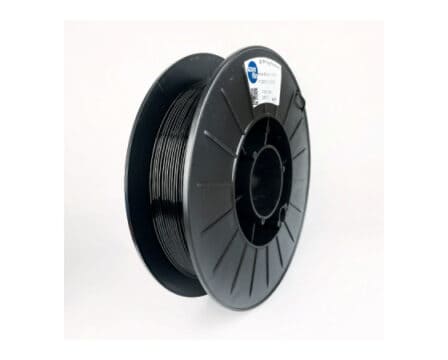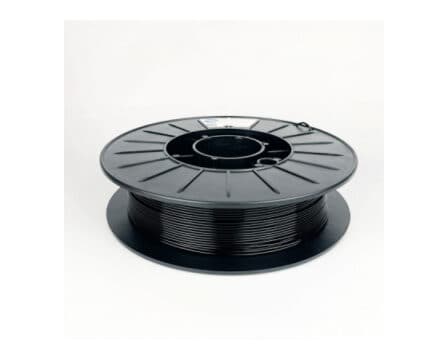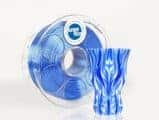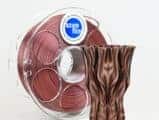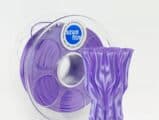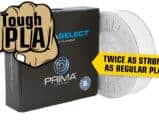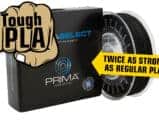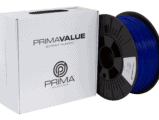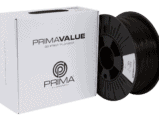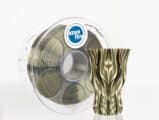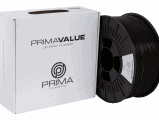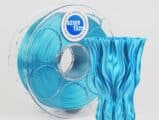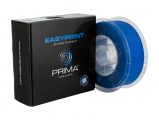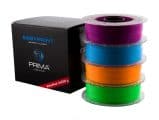Preces kods: FT853-9005
Ir noliktavāAzureFilm FLEX Soft 85A – 1.75mm – 0.3 kg – Melns
FLEX – 300 gr – 1.75 mm
5 noliktavā
| Ražotājs | AzureFilm |
Tehniskie parametri
| Modelis | FLEX 85A |
| Materiāla tips | FLEX |
| Materiāla diametrs [mm] | 1.75 |
| Krāsa | Melns |
| Drukāšanas temperatūra [C°] | 200-240 |
| Blīvums [g/cm3] | 1.12 |
| Svars [kg] | 0.3 |
Garantija
TPU filaments are essentially plastics with rubber-like qualities, making them extremely flexible and durable. Flexible filaments are commonly used to produce household appliances, toys, phone cases, wearables like wristbands, automotive parts, and medical supplies. If you need something that is supposed to bend, stretch, or compress, this TPU 3D printer filament should be up for the task.
Compared to generic TPE, AzureFilms TPU filament is slightly more rigid, which is a good feature in the 3D printing industry because it means that is easier to 3D print it. It is also a little more durable and can better retain its elasticity in the cold. The wear resistance of the TPU Filament is 20% better than the ABS Filament and 68% better than the PLA Filament.
AzureFilms TPU is incredibly easy to feed in your 3D printer; we offer 2 different types of hardness 85A shore and 98A shore. If you have a direct drive extruder you can print both types of flexible filaments, but if your 3D printer has a Bowden tube you will need to use a very specific fine-tuning. Printers with a Bowden tube have a tendency to get jammed while printing any TPU filaments. If you have a Bowden tube we suggest you use 98A shore flexible filament (the filament is a little bit harder than 85A shore, which makes it easier to print).
WARNING: If you hear the filament cross during 3D printing it means that the filament is damp and needs to be dried for good results. Use a filament dryer.
- Pros: Very flexible, perfect for parts that bend or compress.
- Cons: Difficult to print, requires tight filament path and slow print speed, hygroscopic
Strength: Medium | Flexibility: Very High| Durability: Very High
Difficulty to use: Medium | Shrinkage/warping: Minimal
Soluble: No | Food safety: Not food safe
Printing Recommendations:
Nozzle temperature: 200–240°C
Heated bed: Recommended 0-80°C
Print speed: 10–30 mm/s
Build platform: Glass bed, Kaptontape, Blue tape. Recommended: Glass bed + Glue
Flexible Filament Black 1.75mm. The hardness of TPU Filament is 85A Shore. Flex Filament is made in Slovenia and is manufactured in 300g coils. The wear resistance of the TPU Filament is 20% better than the ABS Filament and 68% better than the PLA Filament.
Recommended Print Speed:
Upper and lower layer: 10-20 mm / sec (600-1200 mm / min)
Print speed: 15-35 mm / sec (900-2100 mm / min)
Ja gribiet saņemt vērtīgus padomus, interesantas idejas, praktiskus pieredzes stāstus, kas palīdzētu efektīvāk izvēlēties risinājumus, sazinieties ar mums.


